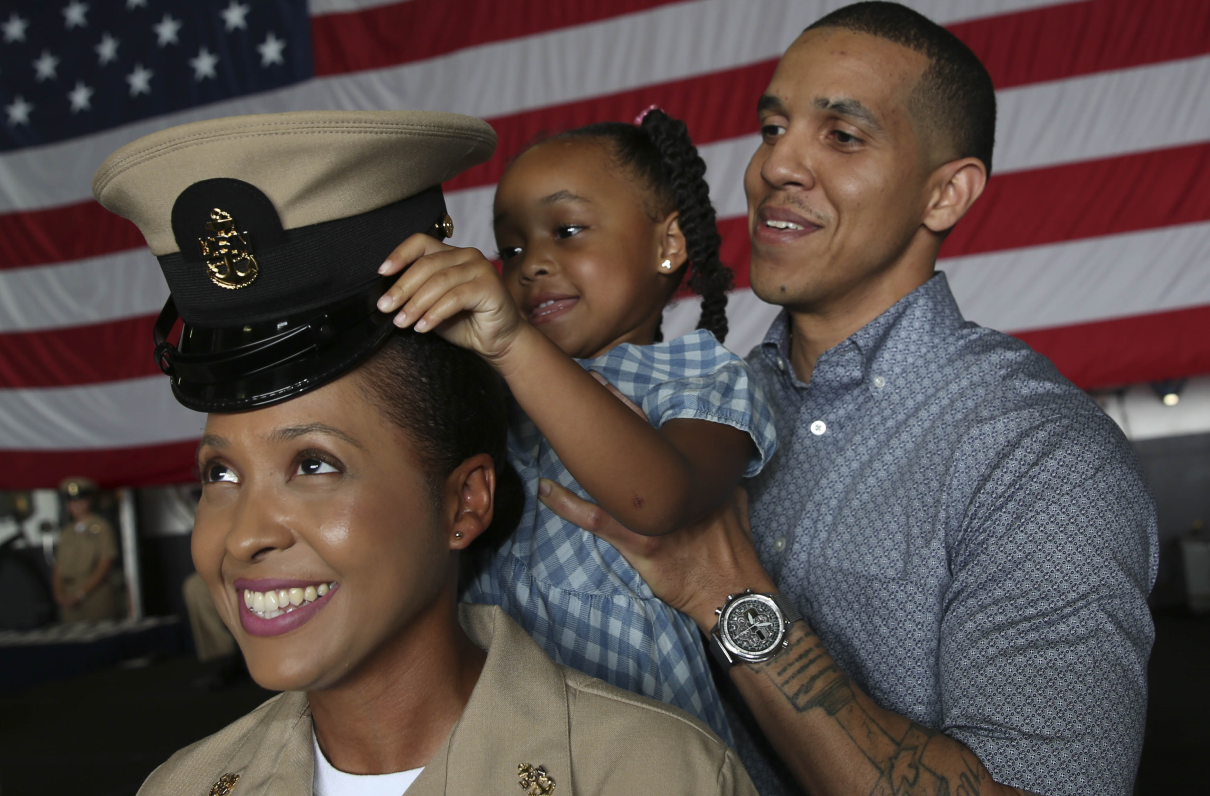The Military Family Readiness Council, a congressionally mandated advisory council to the secretary of defense, convened its first meeting of FY 2019 on Dec. 11. MOAA submitted two public written submissions highlighting concerns with health and safety in military housing and preserving oversight protections provided in the Military Lending Act.
The focus of this meeting - James Stewart's first as chair of the council and acting undersecretary of defense for personnel and readiness -was the delivery of service and family member programs tailored to millennials. With more than 90 percent of servicemembers under age 42, better understanding of millennials and post-millennials is vital to recruiting and retention.
DoD's Office of People Analytics (OPA) briefed the council on strategies to effectively communicate with young adults. Their research indicates most servicemembers, regardless of age, use digital devices and channels such as smart phones and social media to connect and find information - suggesting DoD should focus outreach efforts through engaging their audience.
[RELATED: Weakening Military Lending Act May Mean Security Clearance Problems]
Other data collected by OPA show approximately 31 percent of active duty servicemembers accessed Military OneSource in the past year. DoD's Office of Military Community and Family Policy (MC&FP) has emphasized its efforts to point military families to this tool, a one-stop shop for information on all DoD programs and resources for servicemembers and their families.
MC&FP conducted additional research to better understand Military OneSource users' needs. While users found relevance and value in the resources and information they found on Military OneSource, they desired more modern design and a more user-friendly experience. Many military families are overwhelmed by the amount of information out there and request more digestible content that won't contribute to their “briefing fatigue.”
MC&FP's efforts to address military families' desires include creating a more current and relevant brand, understanding the “militaryennial” persona, modernizing its website, and communicating with users through social media, emails, and blogs.
The Department of the Army briefed the council on a qualitative research project conducted with servicemembers across the country to determine the preferences of millennial servicemembers and how the Army can start planning for the installations of tomorrow.
They found soldiers want more “mixed-used” spaces, where they can get more done in one location - for example, providing child care areas at commissaries and exchanges, or adding food services in a gym. Soldiers also expressed their desire for more walkable and healthier communities where they have access to healthier foods, noting the robust availability of fast food and junk food snacks, while healthy foods like produce might not be fresh or affordable. Other findings included soldiers' desire for universal Wi-Fi, preventive maintenance and energy-saving strategies, “smart” commissaries with “just walk out” technology, and remote 24/7 access to soldier and family services.
Marine Corps Community Services (MCCS) highlighted some of its efforts toward innovation, such as a prototype “field day kit” that has all the essentials needed for pre-barracks inspection cleaning. This product flew off the shelves and received praise from Marines on social media. MCCS also is testing additional food service options so Marines have more access to meals when dining halls are closed. Other innovative efforts include an app called Sandboxx to connect families to Marines while they are deployed or at boot camp; more than 1.3 million letters have been sent to Marines through the app. They also created an app called Rally to connect Marines with other likeminded Marines in the area to build a stronger community.
The briefings presented to the council will inform their recommendations to Secretary of Defense on how to better communicate with the millennial military family.
